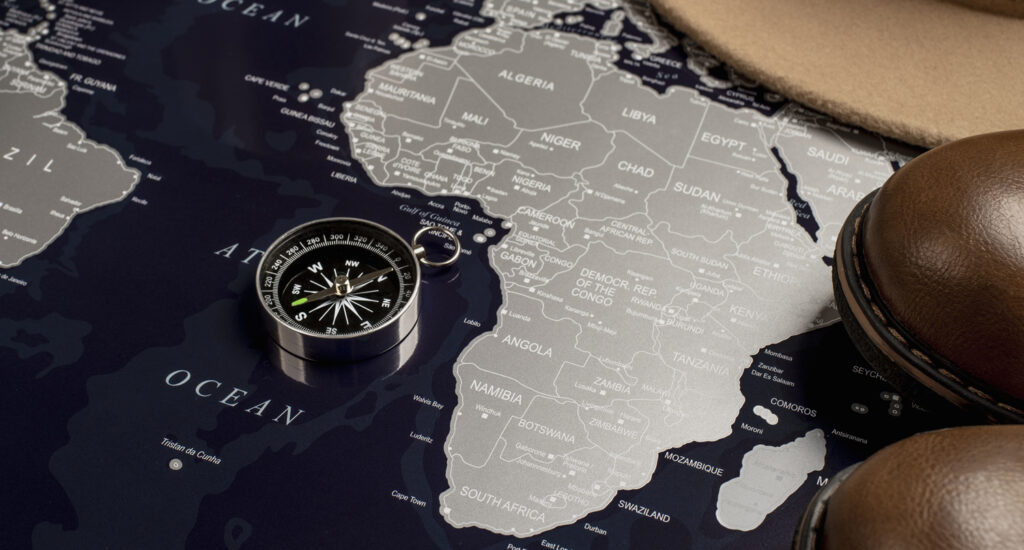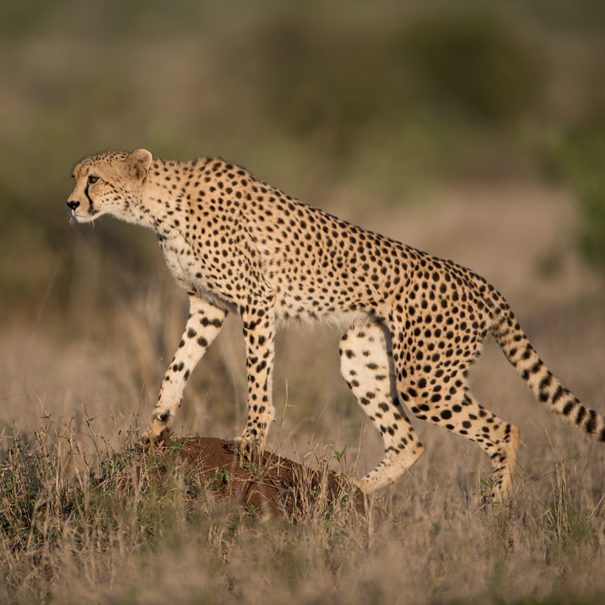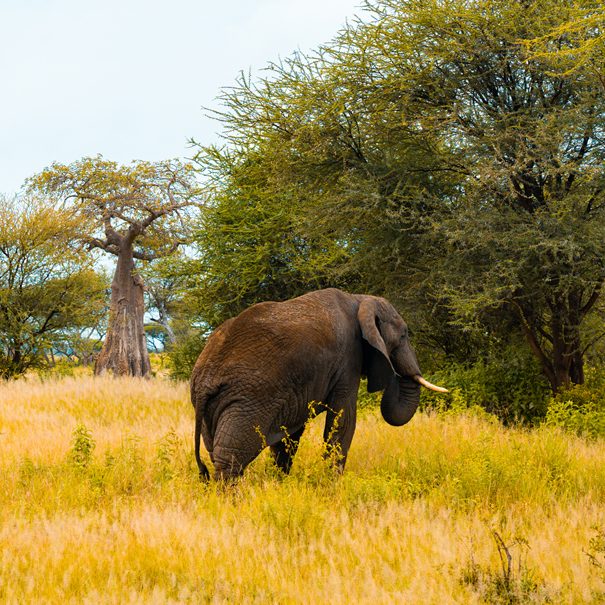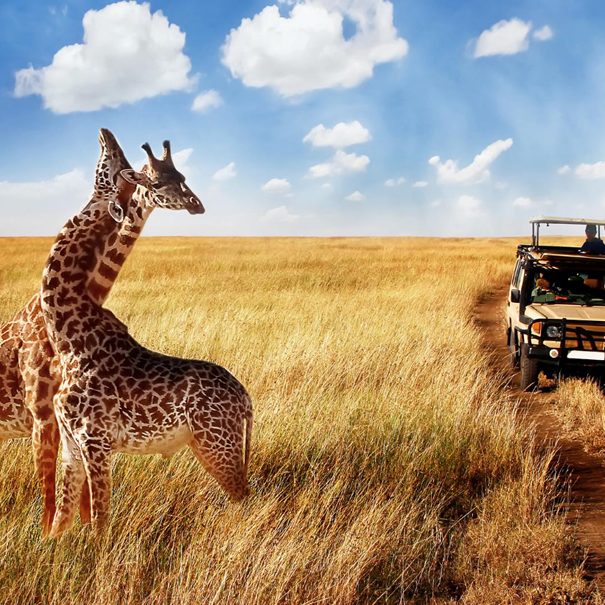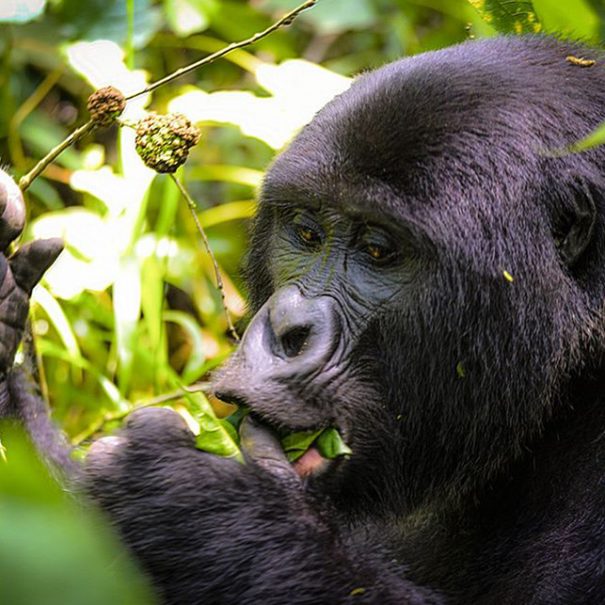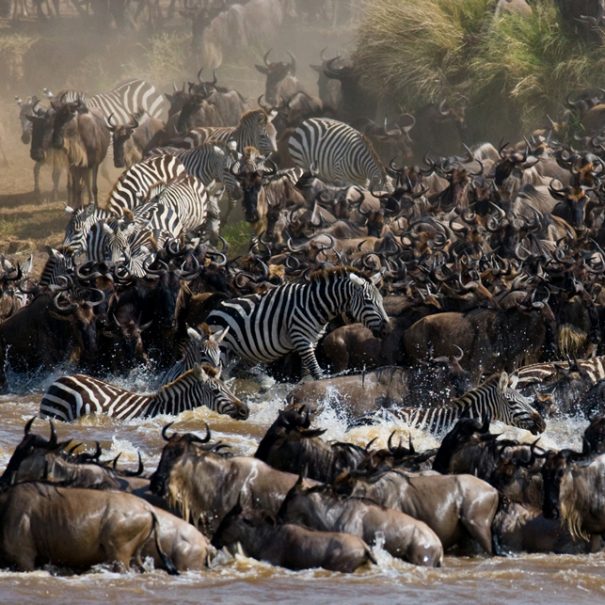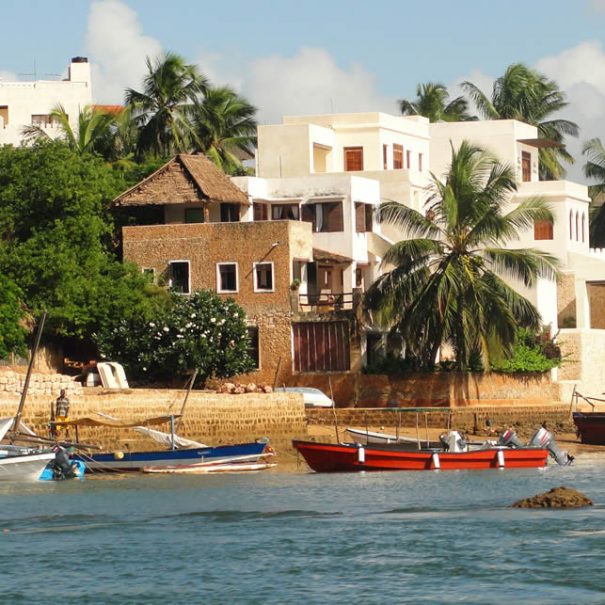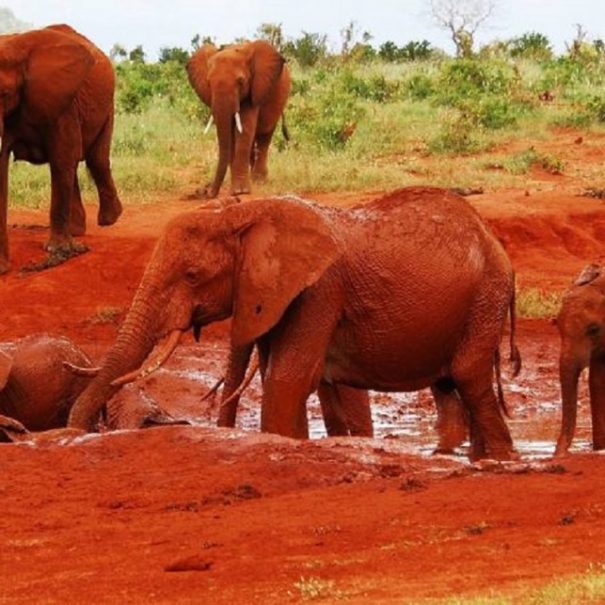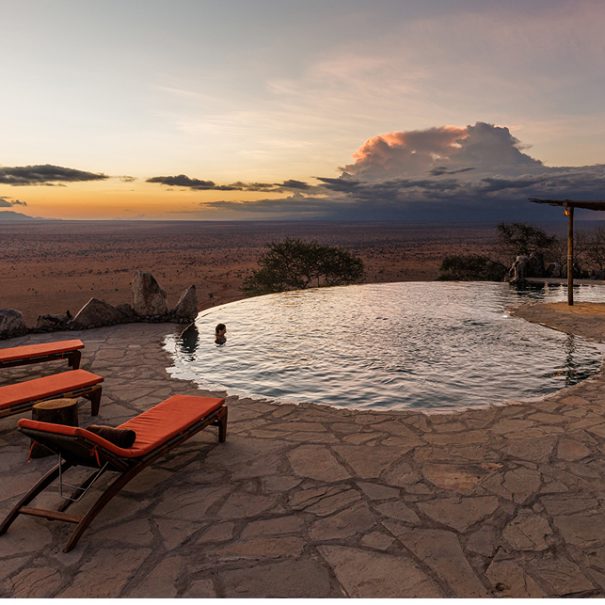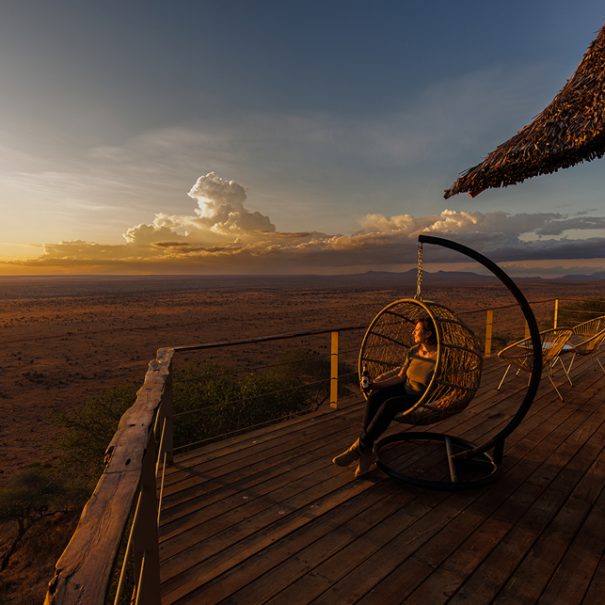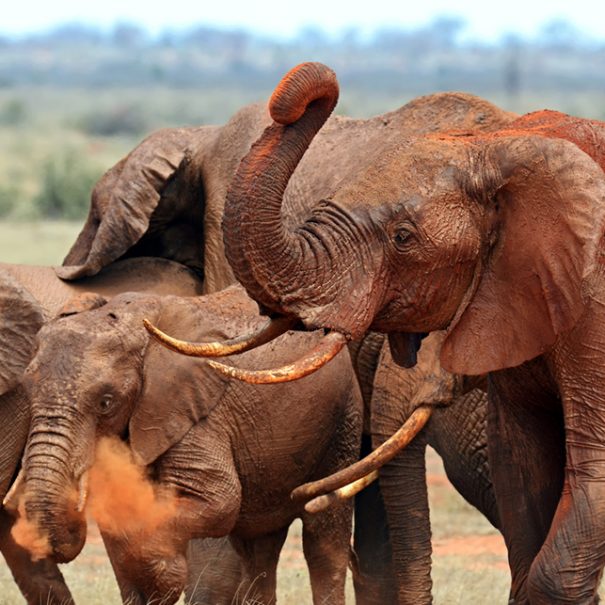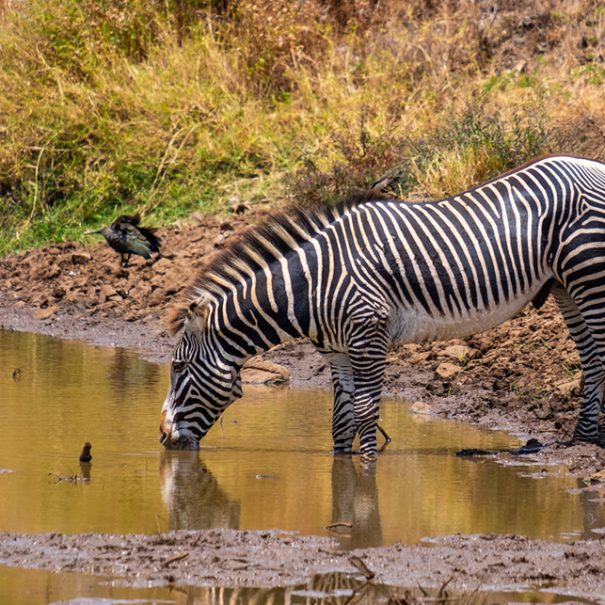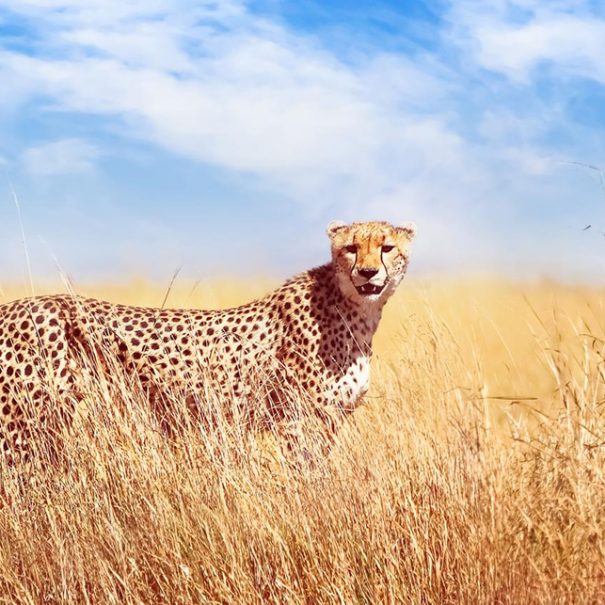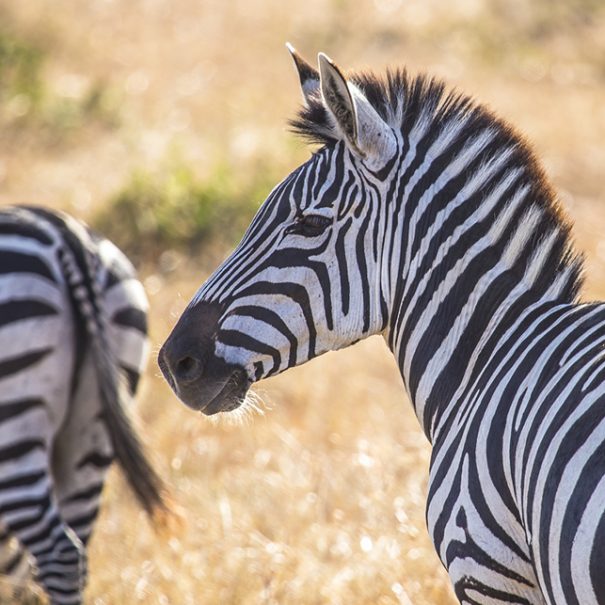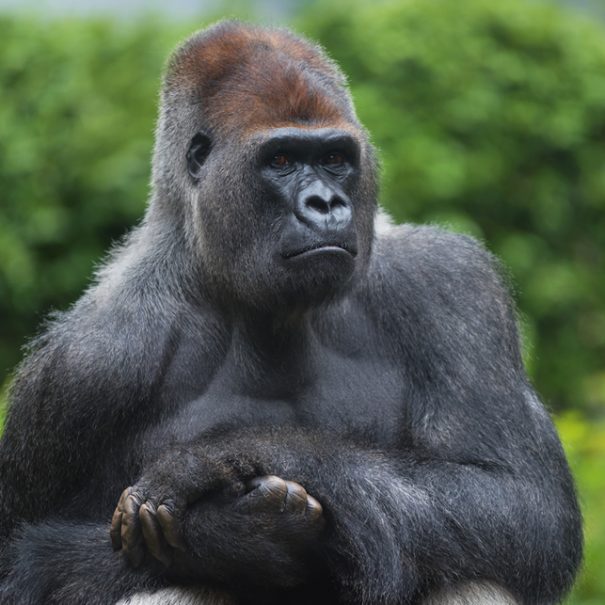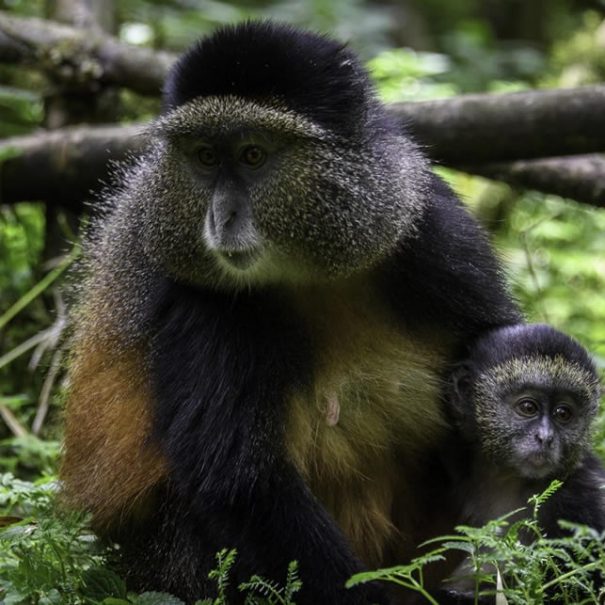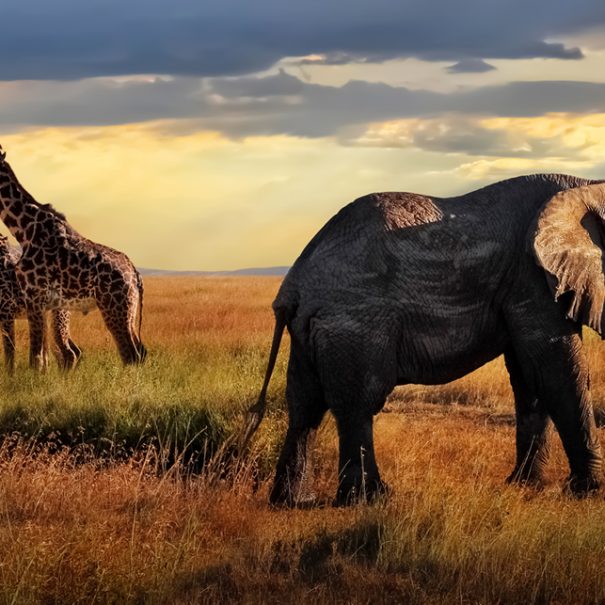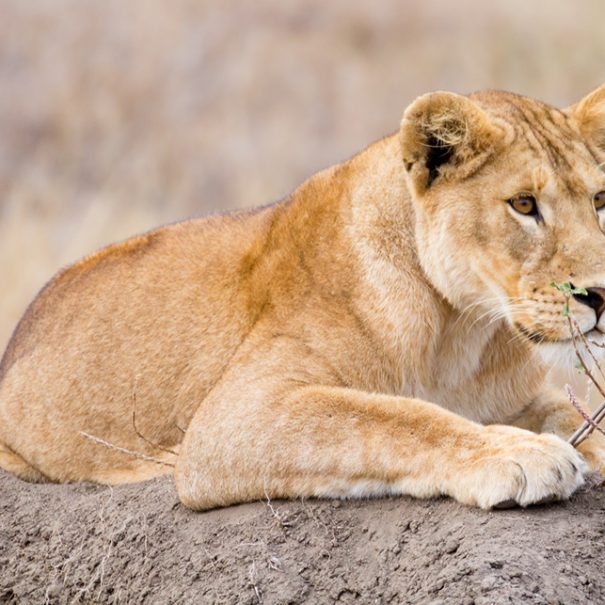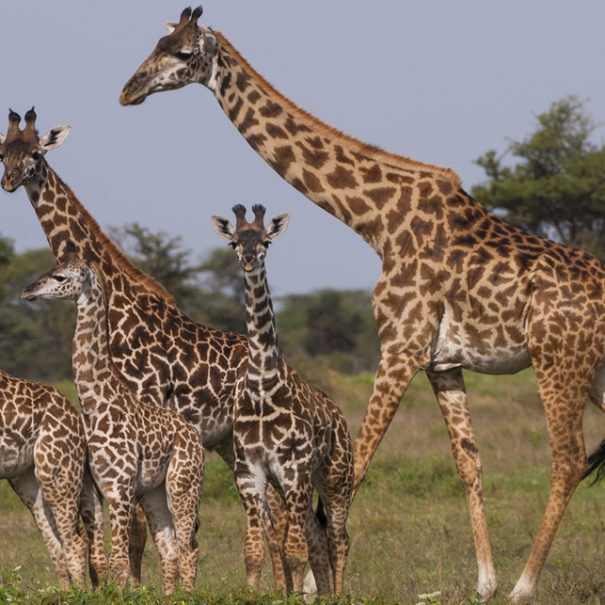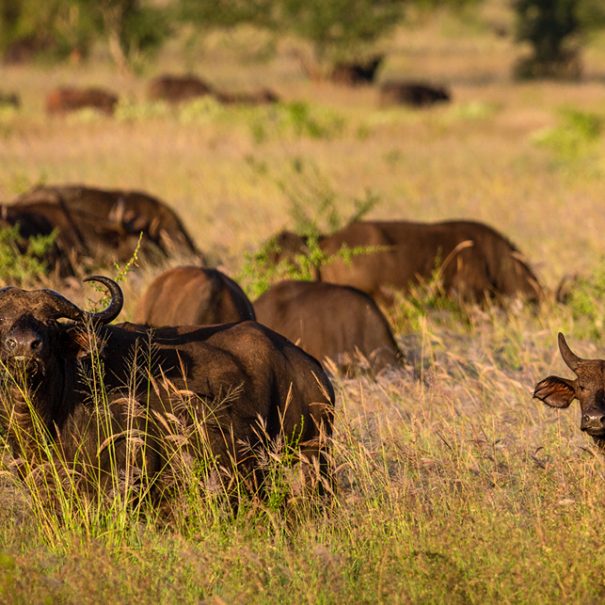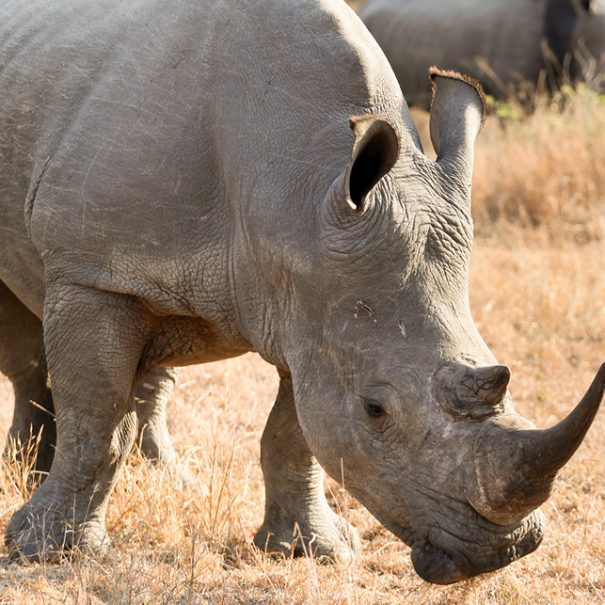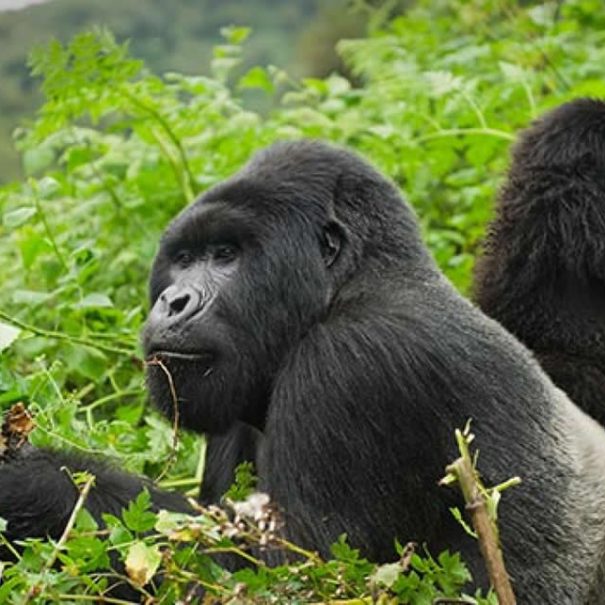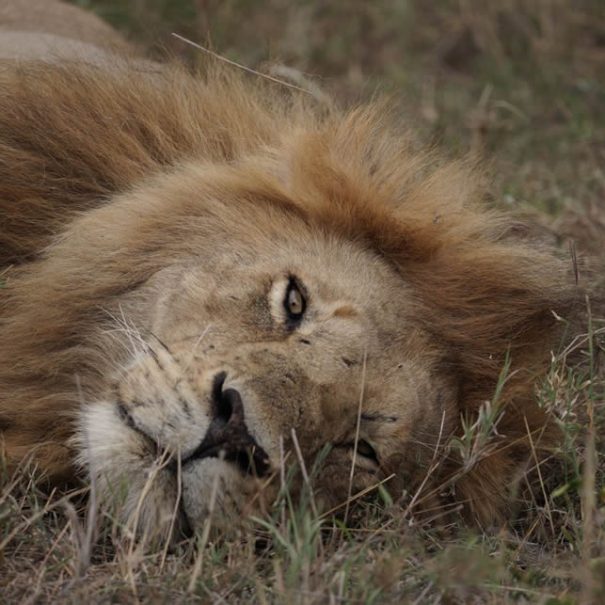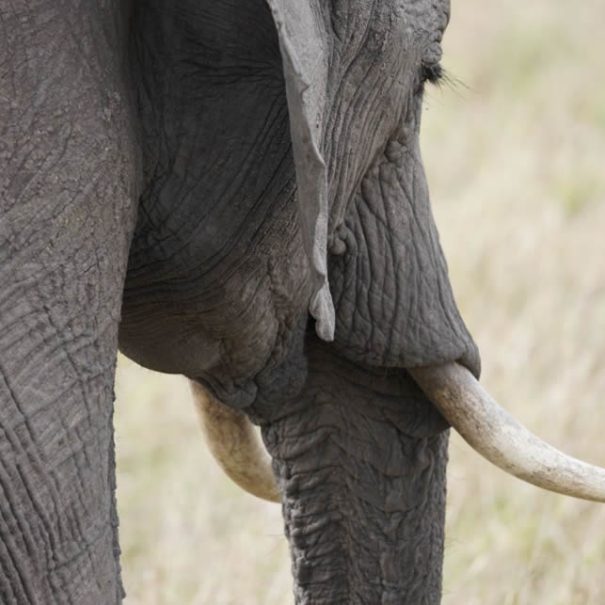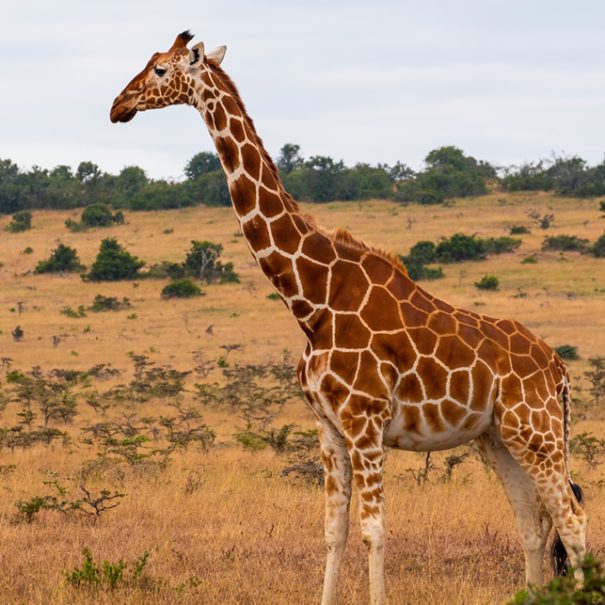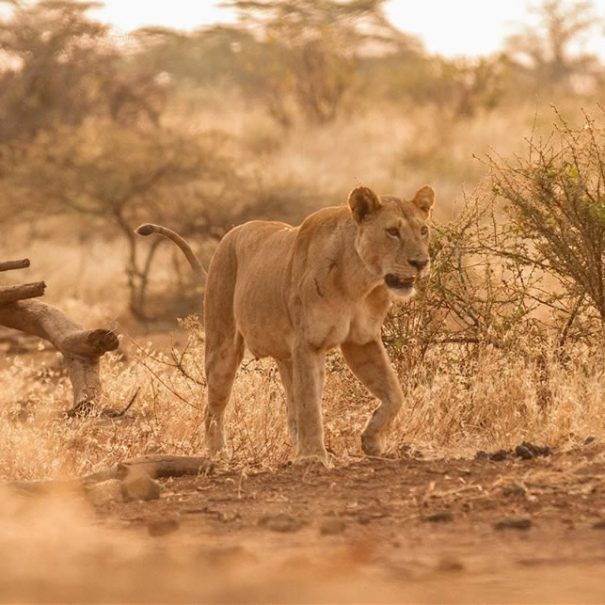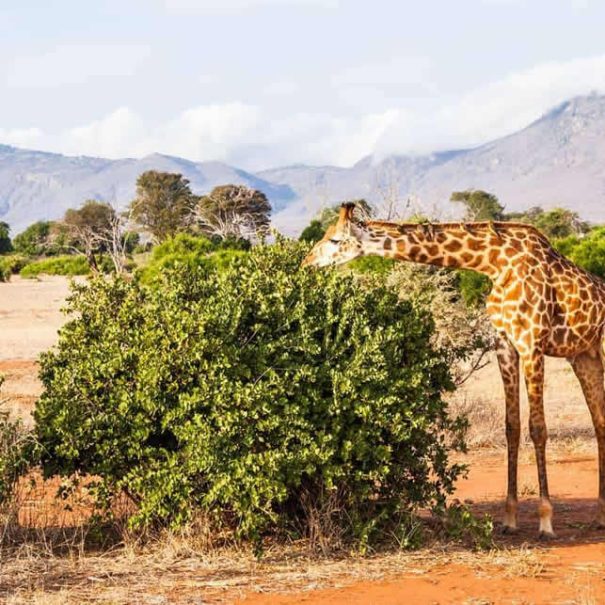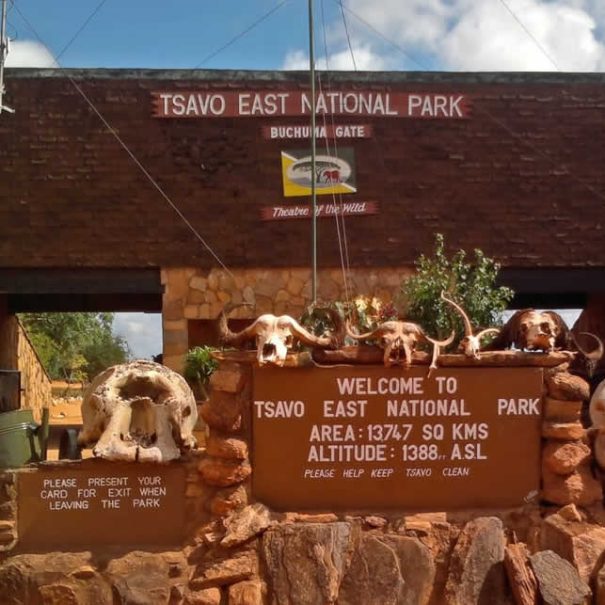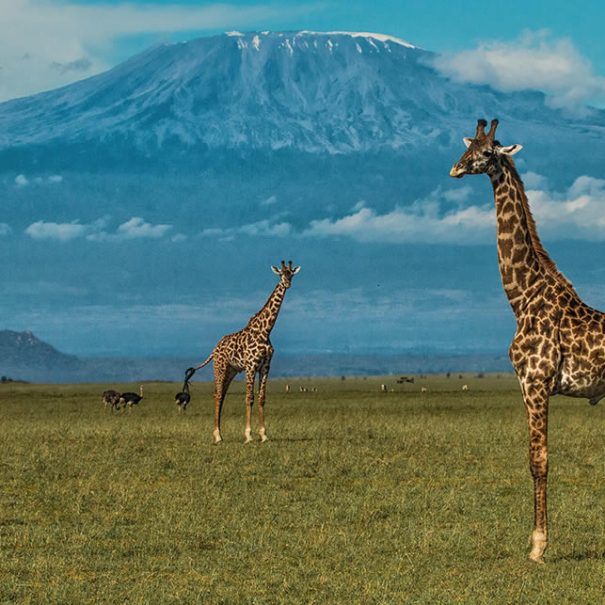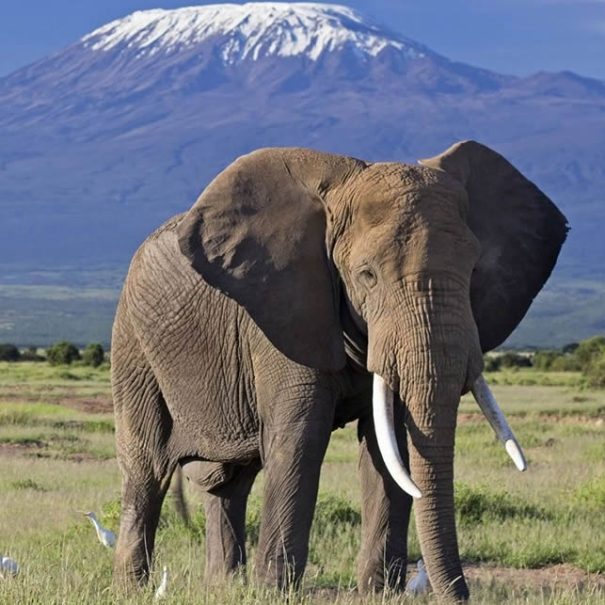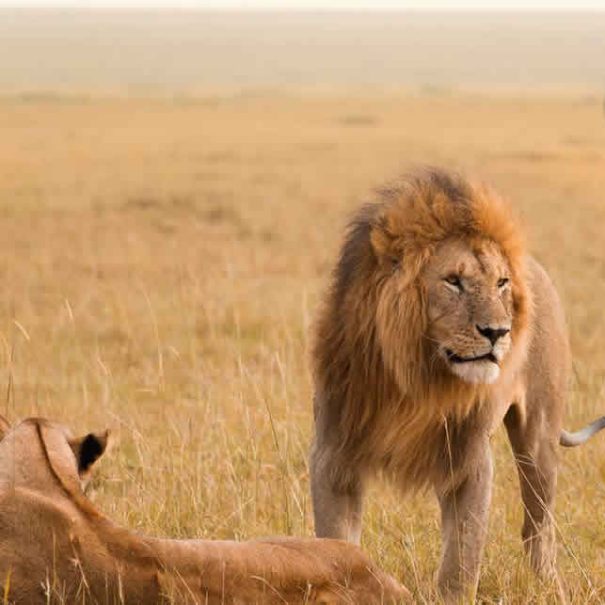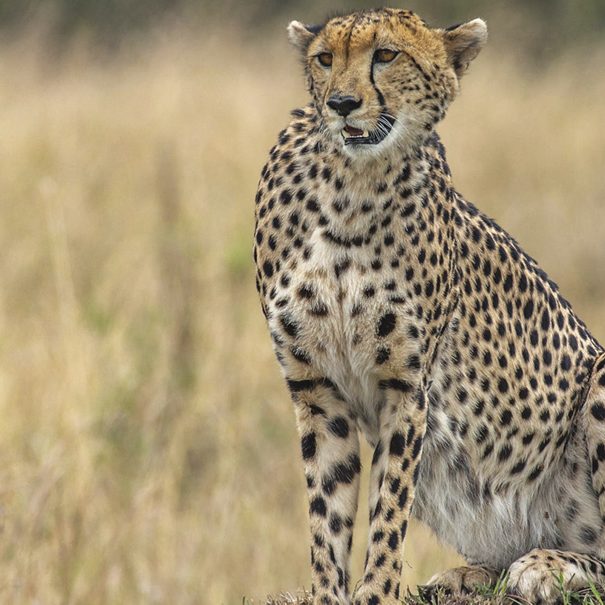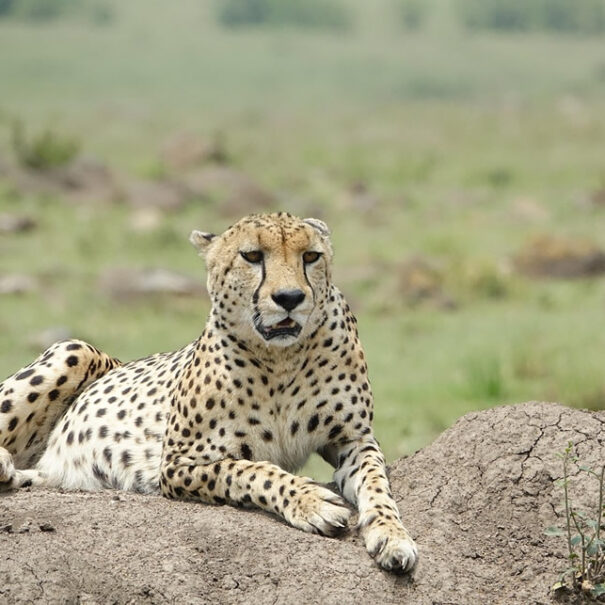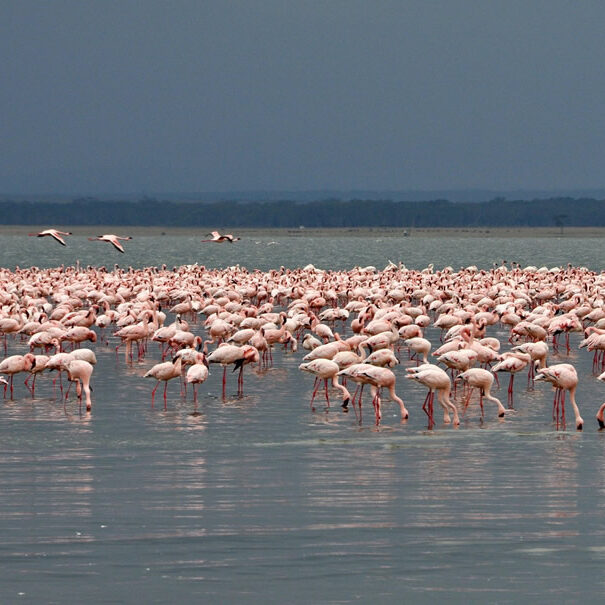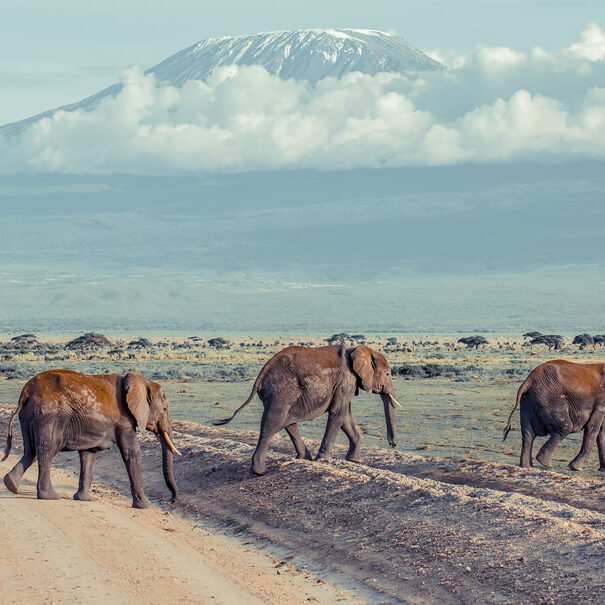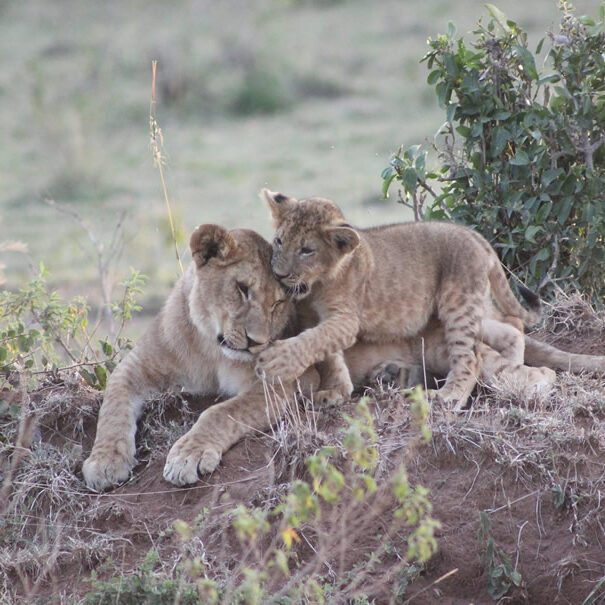When planning a trip to Kenya, you might be thinking about safari itineraries, hotel bookings, or what to pack for the weather. But there’s another detail that matters more than many travelers realize: the Time Zone in Kenya. Whether you’re flying in from New York, Los Angeles, Chicago, Denver, or London, knowing exactly how Kenyan time lines up with your home clock can save you from confusion, missed connections, or badly timed calls back home.
Kenya operates on one of the simplest time systems in the world. Yet, when you compare it to countries that adjust their clocks for daylight saving time, the picture shifts slightly between seasons.
Kenya’s Time Zone
The official Time Zone in Kenya is East Africa Time (EAT), set at UTC+3. That means Kenya is three hours ahead of Coordinated Universal Time, a global reference that keeps clocks aligned worldwide. One of the best parts about traveling to Kenya is that you never have to think about changing the clock during your stay.
The country does not observe daylight saving time. This consistency is thanks to its location near the equator, where the length of the day changes very little throughout the year. Sunrise is generally around 6:30 AM, and sunset happens close to 6:30 PM no matter the month.
Tour operators like Keshi Tours make this even easier by factoring in the Time Zone in Kenya when arranging airport pickups, safaris, and excursions, ensuring that travelers transition smoothly into the local schedule without missing a moment of their itinerary.
A. How Kenya Compares to U.S. East Coast Time
If you’re coming from cities like New York, Washington D.C., Boston, or Miami, your home clock follows Eastern Standard Time (EST) in winter and Eastern Daylight Time (EDT) in summer.
In winter, when EST applies, the East Coast is on UTC–5. That puts Kenya 8 hours ahead. So when it’s late afternoon in Nairobi, it’s still early morning on the East Coast.
Once daylight saving time begins in March, the East Coast moves to EDT (UTC–4). This closes the gap to 7 hours. From spring to early autumn, the time difference is slightly easier to manage for things like booking tours or keeping in touch with people back home.
B. U.S. Central Time vs. Kenya Time
Travelers from cities like Chicago, Dallas, or New Orleans live in the Central Time Zone, which shifts between Central Standard Time (CST) in winter and Central Daylight Time (CDT) in summer.
In the cooler months, CST is set to UTC–6, making Kenya 9 hours ahead. This means a morning departure for a safari in Kenya will be happening while it’s still the middle of the night in the Central U.S.
During summer, CDT moves to UTC–5, reducing the gap to 8 hours. This slight change can make it easier to coordinate with tour operators or lodges before your trip—especially Keshi Tours.
C. U.S. West Coast vs. Kenyan Time
Those traveling from Los Angeles, San Francisco, Seattle, or other Pacific Time Zone cities have the widest time difference to work with. In winter, Pacific Standard Time (PST) is UTC–8, making Kenya 11 hours ahead.
Once summer arrives, Pacific Daylight Time (PDT) moves to UTC–7, closing the gap slightly to 10 hours. This is still a significant difference, which means most daily activities in Kenya will happen while it’s nighttime back home.
D. U.S. Mountain Time vs. Kenyan Time
Visitors from places like Denver, Salt Lake City, or much of the American Southwest live in the Mountain Time Zone. Most of this region changes between Mountain Standard Time (MST) in winter and Mountain Daylight Time (MDT) in summer—except for Arizona, which stays on MST all year.
In MST months, the offset is UTC–7, which puts Kenya 10 hours ahead. In MDT months, the offset becomes UTC–6, bringing the difference down to 9 hours.
For Arizona residents, there’s no seasonal change, so the 10-hour difference stays constant year-round.
E. Kenya Time Compared to the United Kingdom
For U.K. visitors, the adjustment is much easier. During the colder months, the U.K. runs on Greenwich Mean Time (GMT), which is UTC+0. That means Kenya is only 3 hours ahead.
In late March, the U.K. moves to British Summer Time (BST), which is UTC+1. This reduces the difference to just 2 hours. For most British travelers, this means that your body clock won’t be thrown too far off when you arrive in Nairobi, Mombasa, or anywhere else in Kenya.
A Simple Seasonal Chart for Reference
Here’s a quick look at the difference between Kenya and major regions, depending on the time of year:
Location | Winter (Standard Time) | Difference from Kenya | Summer (Daylight Time) | Difference from Kenya |
U.S. East Coast | EST (UTC–5) | +8 hours | EDT (UTC–4 | +7 hours |
U.S. Central | CST (UTC–6) | +9 hours | CDT (UTC–5) | +8 hours |
U.S. Mountain | MST (UTC–7) | +10 hours | MDT (UTC–6) | +9 hours |
U.S. West Coast | PST (UTC–8) | +11 hours | PDT (UTC–7) | +10 hours |
United Kingdom | GMT (UTC+0) | +3 hours | BST (UTC+1) | +2 hours |
Real-Time Scenarios for Travelers
To make these differences feel real, imagine you’ve just landed in Nairobi and it’s 8:00 AM local time:
-
If you’re from New York (U.S. East Coast) in winter, it’s midnight back home—your friends are asleep, but it’s the perfect time for you to start your first safari. In summer, it would be 1:00 AM back home.
-
If you’re from Chicago (U.S. Central Time) in winter, it’s 11:00 PM the night before for your family. In summer, it would be midnight.
-
If you’re from Denver (U.S. Mountain Time) in winter, it’s 10:00 PM the night before at home. In summer, it would be 11:00 PM.
-
If you’re from Los Angeles (U.S. West Coast) in winter, it’s 9:00 PM the night before—people are likely winding down at home. In summer, it would be 10:00 PM.
-
If you’re from London in winter, it’s 5:00 AM—early risers might just be waking up. In summer, it’s 6:00 AM, and the day is beginning for them as you’re already halfway through breakfast.
These simple comparisons help you decide when to check in with loved ones, post updates to social media, or schedule video calls so you’re not catching people in the middle of the night. With a little awareness of the Time Zone in Kenya, your trip becomes smoother, more enjoyable, and perfectly timed.

